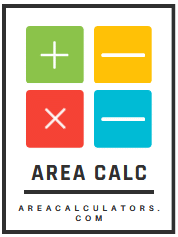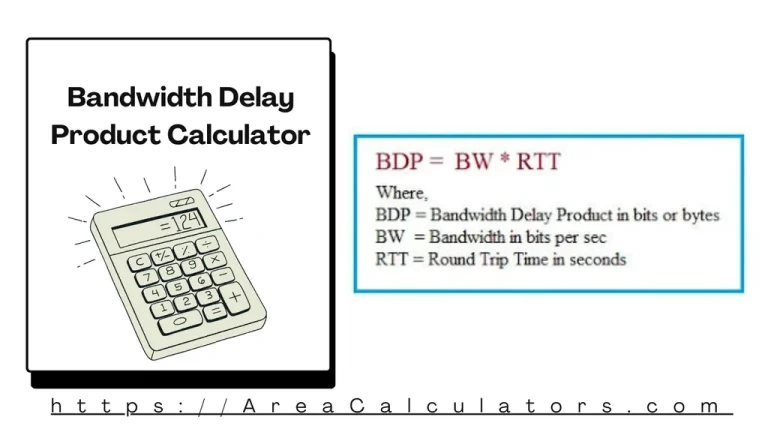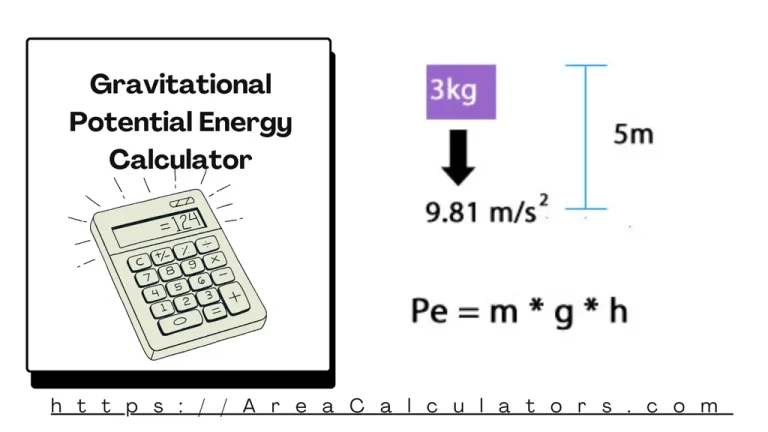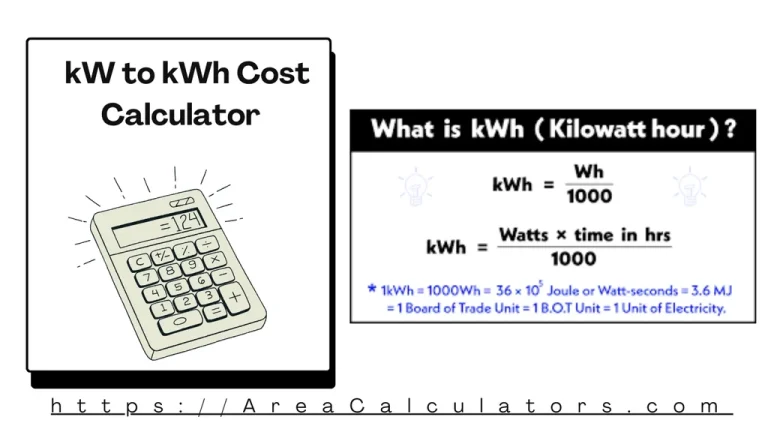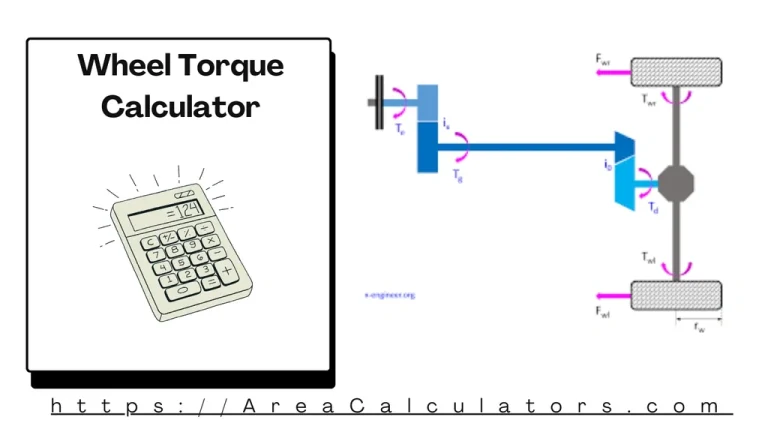Sac Rate Calculator
To calculate the Surface Air Consumption (SAC) rate, divide the air consumed during a dive by the dive time and the pressure depth factor.
The SAC Rate Calculator is an essential tool for scuba divers, enabling them to assess their air consumption efficiency. A lower SAC rate indicates more efficient air use, which is crucial for extending dive time and ensuring safety underwater.
Formula
SACRate = ACD / (DT × P)
| Variable | Description |
|---|---|
| SACRate | Surface Air Consumption rate (psi or bar per minute) |
| ACD | Air consumed during the dive (psi or bar) |
| DT | Dive time (minutes) |
| P | Pressure factor based on depth |
Solved Calculations
Example 1: Calculating SAC for a Dive with 500 psi Air Consumed, 30-Minute Dive Time at 2 ATA Pressure
| Step | Value |
|---|---|
| Air Consumed (ACD) | 500 psi |
| Dive Time (DT) | 30 minutes |
| Pressure Factor (P) | 2 ATA |
| SACRate | 500 ÷ (30 × 2) = 8.33 psi/min |
Example 2: Calculating SAC for a Metric Dive with 50 Bar Consumed, 40-Minute Dive Time at 3 ATA
| Step | Value |
|---|---|
| Air Consumed (ACD) | 50 bar |
| Dive Time (DT) | 40 minutes |
| Pressure Factor (P) | 3 ATA |
| SACRate | 50 ÷ (40 × 3) = 0.42 bar/min |
What is Sac Rate Calculator?
The Sac Rate Calculator is a practical tool designed to measure a scuba diver’s Surface Air Consumption (SAC) rate, which indicates the volume of air used at the surface per minute.
This calculation is vital for divers to manage air supply, plan dives, and ensure safety underwater.
To compute the SAC rate, you need to know the air consumed, dive time, and average depth. The formula adjusts air consumption to surface conditions, making it applicable for planning future dives.
For instance, if a diver consumes 1000 psi over 20 minutes at a depth of 33 feet, their SAC rate can be calculated to understand air usage more effectively.
This calculator is particularly valuable for determining Real Minute Volume (RMV), comparing different scuba tanks, and optimizing dive efficiency. Divers also use it to predict air supply duration at varying depths, ensuring safety and preparedness for unexpected scenarios.
Final Words:
In summary, the Sac Rate Calculator is an indispensable tool for divers to monitor air consumption and enhance safety underwater. It simplifies essential calculations, allowing divers to focus on enjoying their dive with confidence and peace of mind.
